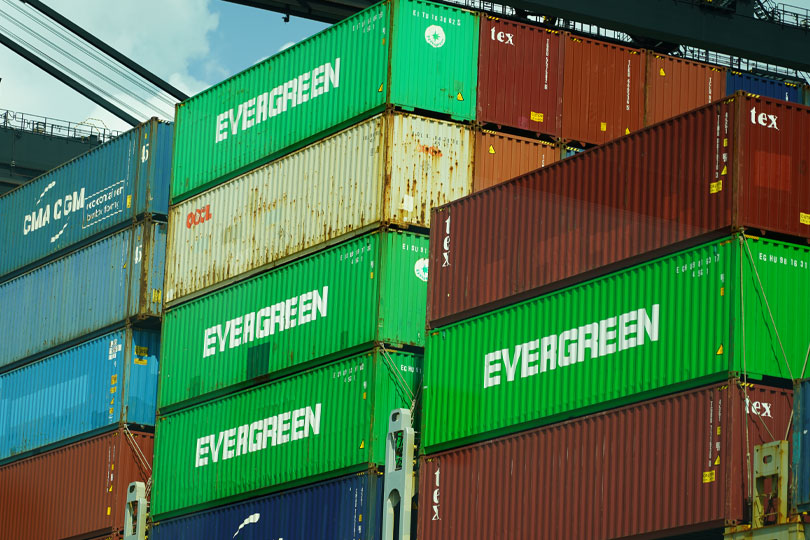By Emmy Powell
Communications Specialist
The U.S. Department of Agriculture’s (USDA) latest trade outlook forecasts fewer exports and more imports in 2024.
The forecast for U.S. agricultural exports in fiscal year 2024 is down $9.2 billion from the 2023 fiscal year to $169.5 billion.
“For this year, 2023, agricultural exports have come in at about $179 billion and imports at about 195 billion. So, we’re seeing an increase in imports, a bit of a decrease in exports from a year ago when we were about $190 billion,” David Salmonsen, American Farm Bureau Federation (AFBF) senior Government Affairs director, said. “And for next year, that will widen a little bit, and we’ll be down a little bit more on exports and a further increase in imports.”
The report reflects increased expectations for imports, increasing the negative balance to $30.5 billion.
The falling value of feed, grain, beef, poultry, pork and dairy products led USDA to lower the forecast for the value of exports.
U.S. grain and feed exports are expected to drop to $37.5 billion for 2024 due to reduced expectations for wheat and corn trade. Wheat trade contributed to an $800 million decrease, while corn exports were forecast $500 million lower at $12.8 billion.
Demand from China, the largest foreign market for U.S. exports, is expected to decrease in 2024.
“[In] 2023, our agricultural exports to our number one destination, which is China, were right about $34 billion, and their forecast for next year at $29.5 billion,” Salmonsen said. “Mexico and Canada will pretty much stay the same—Mexico with $28 billion, Canada $27 billion. A little bit of a decrease in Japan from $12 billion down to $11.5 billion. The European Union, roughly the same, right around the $12 billion mark, and the same with South Korea.”
USDA’s forecast of $29.5 billion would be the lowest level of U.S. ag exports to China since 2020.
Several agricultural organizations, including AFBF, sent a letter to President Joe Biden supporting measures that will improve trade.
“The administration needs to get back in the business of working on and executing comprehensive trade agreements and let’s continue to enforce, aggressively, our existing trade agreements,” Salmonsen said. “We need to reform the World Trade Organization, especially the dispute settlement function. We need to continue to support and strengthen our agricultural supply chains. And in sustainability, we need the administration to continue to work and support voluntary, incentive-based efforts.”

